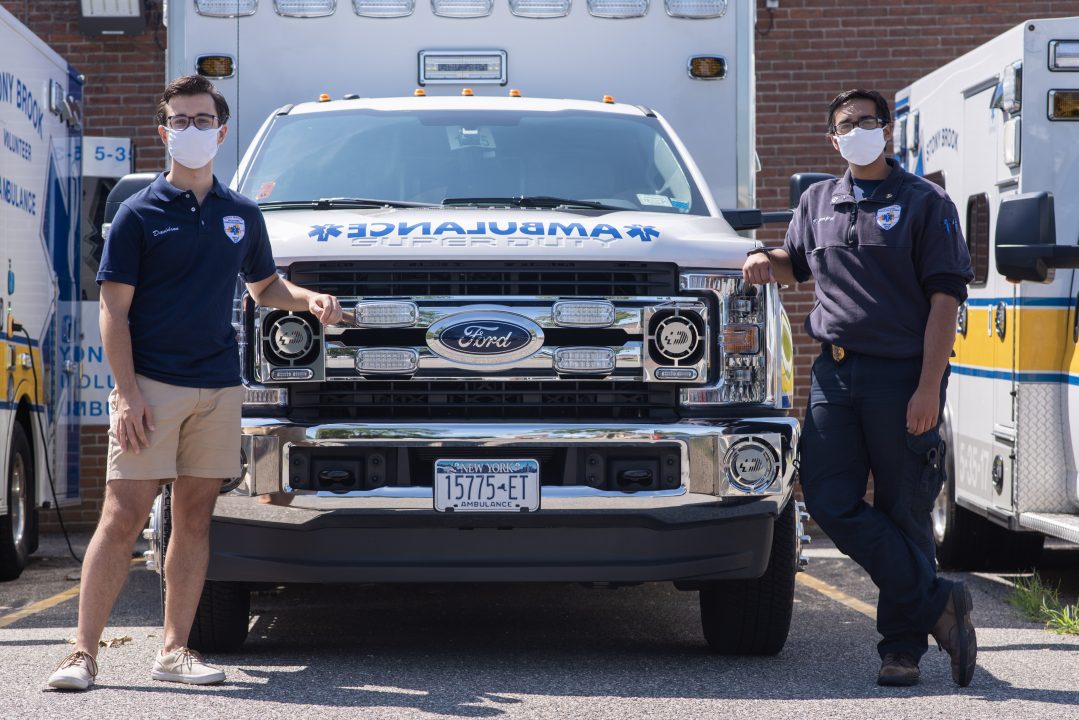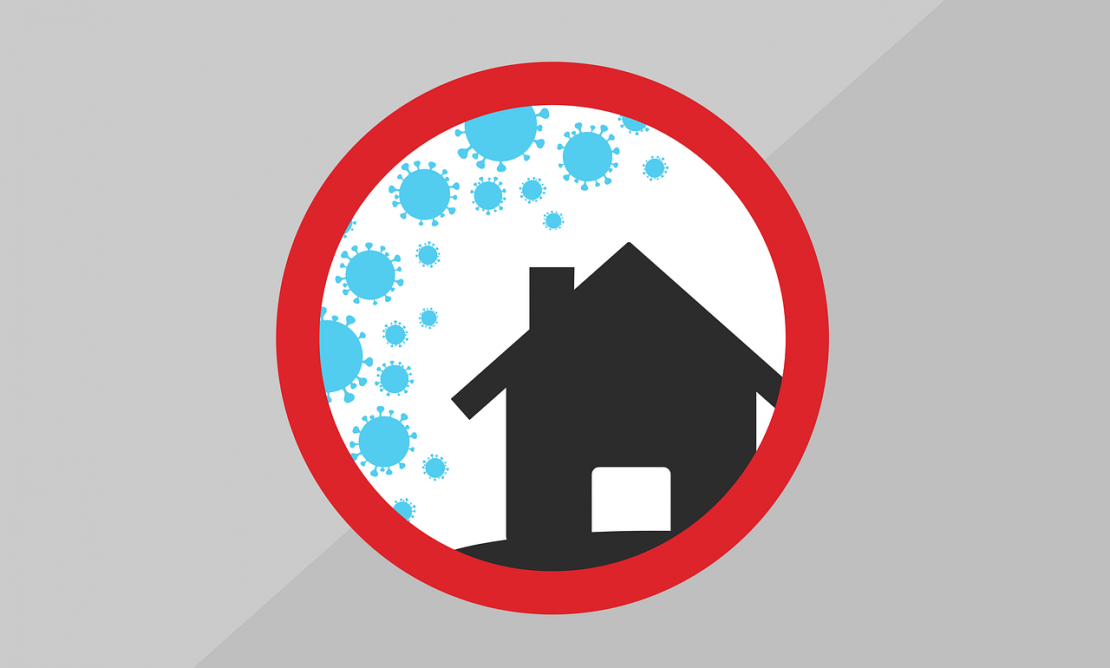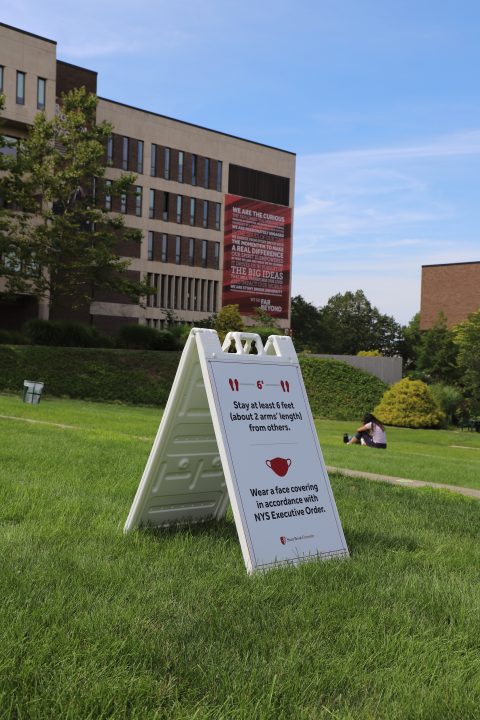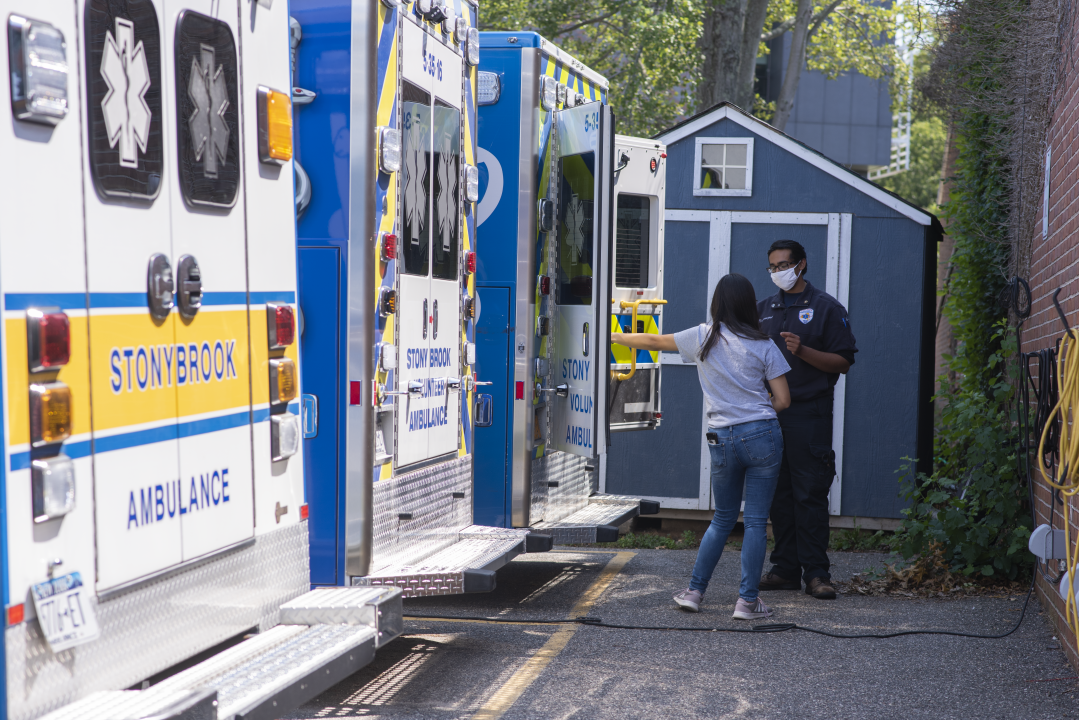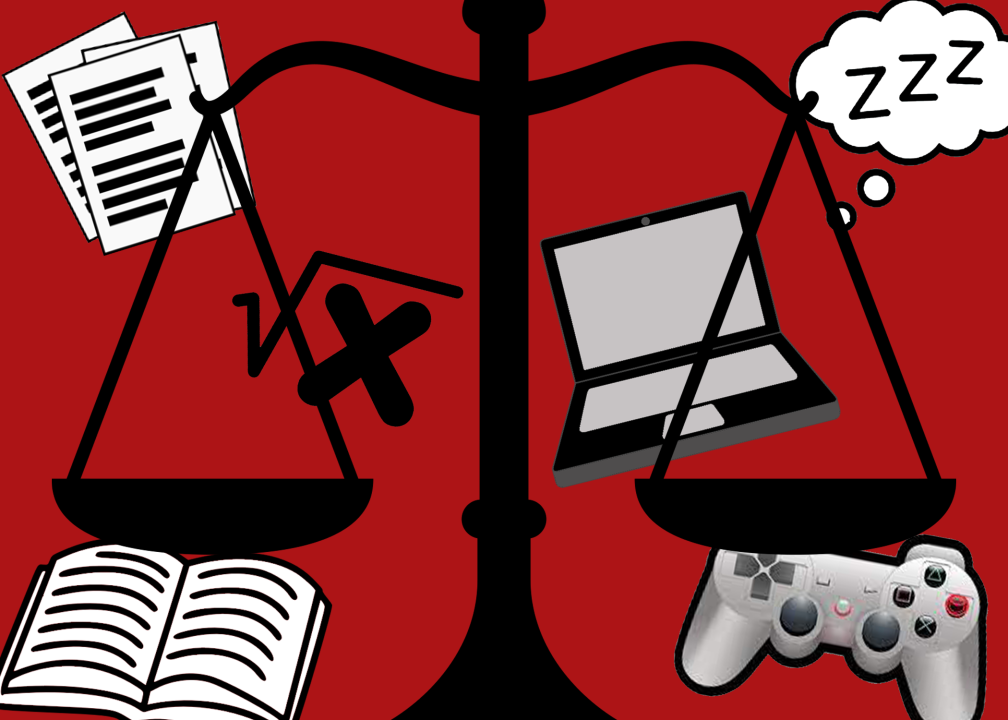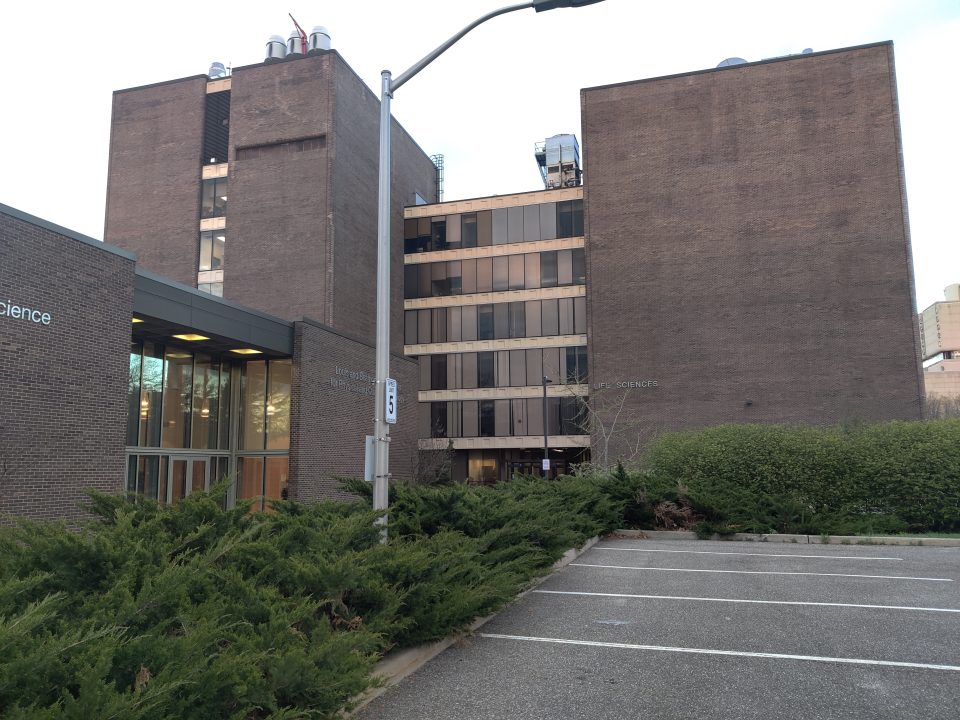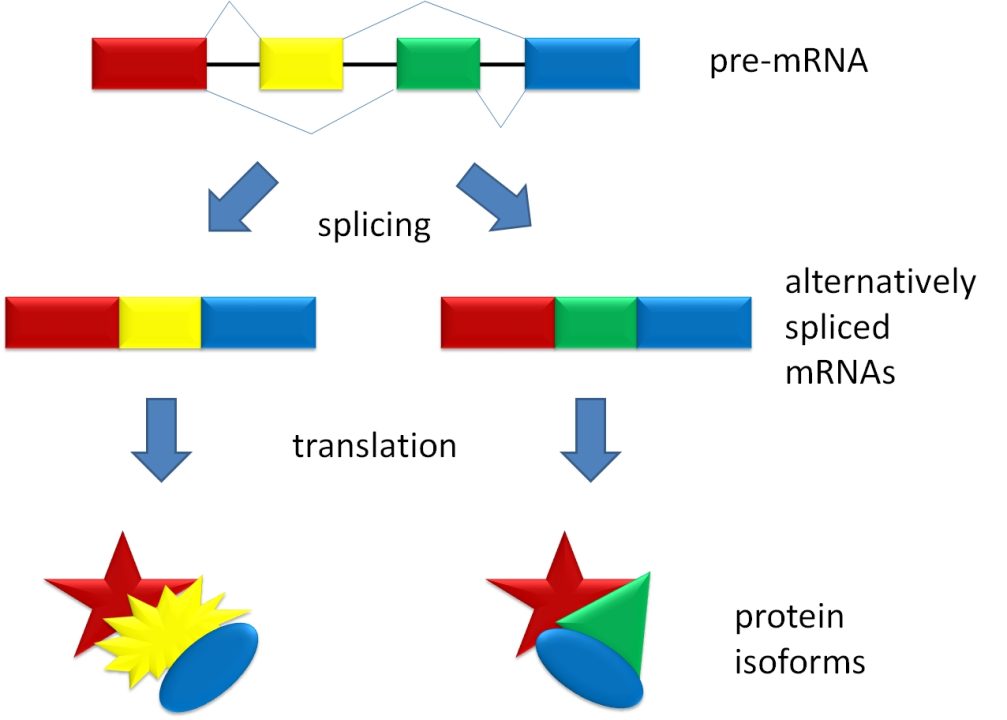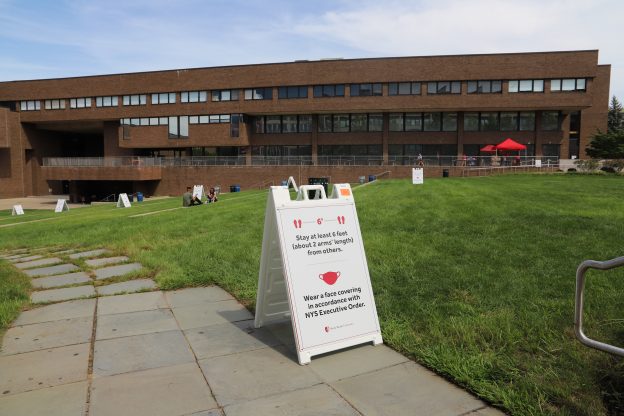
Sam Lange is a senior studying English and history. She wrote this article a few days before most residents moved in.
Exactly two weeks ago, I arrived early on campus. Up until that time, I hadn’t spoken face to face with anyone outside of my family, or my work colleagues for almost a month due to COVID-19. Now I am living within the heart of a college campus, the epicenter of a social beehive, and in just a few days the buzzing will officially begin as the residents moved in and the commuters commenced on their daily visits.
As I was preparing for check-in, I could not help but stop and reflect on how much everything had changed. COVID-19 had leaked like a loose bottle of ink onto the longstanding pages of campus and housing policies, swallowing almost every area of guidelines and administrative procedures within its inky grasp, recoloring everything that was familiar with a dark ominous hue. Although one side of me insisted that all of this must be temporary, another side of me stubbornly reminded myself that the stain of COVID-19 might not be quite as removable as we would have liked to think.
The first thing that I noticed when I settled onto campus was the green and red stickers sprinkled around campus, from chairs, to tables, to restrooms and to bus stops. They reminded me of the boxes in a game of checkers. Our world had been thrown into a warped version of the game in which we, the pieces, would always stay separated from each other by at least one box designed to never touch, regardless of whether the piece alongside us was friend or foe.
Besides the general suspicion that we now all must (rightfully) regard each other with, in more ways than one we have become like those checker pieces: subject to a game much larger than ourselves, all of us just trying to survive. When the pandemic began picking up steam in March, all of the sudden so much that mattered in our individual lives — classes, jobs, future plans and even relationships were all overshadowed by this overarching challenge that we all faced. Although our personal problems have always been virtually insignificant in the grand scheme of things, COVID-19 has done a great job of bringing this reality to the forefront. If the pandemic has not served to enlighten some of us with this cosmic perspective for the first time, it has at the very least reminded us.
Is this a good thing to remember? Some may claim that ignorance is bliss, and to a certain extent, I agree. While there is strength in understanding, there is also an undeniable weight that comes with recognizing one’s powerlessness in the face of illness, nature and death. If people are not able to come to terms with that vulnerability and uncertainty, they are faced with an inordinate amount of anxiety, stress, depression or other internal aggravators, which has been seen throughout this pandemic with the rise of mental illness. According to a Kaiser Family Foundation poll, more than half of Americans report that their mental health has been significantly harmed by the virus, and a Washington Post article has cited that the federal emergency hotline for people in emotional distress saw a 1000% increase in calls this past April when COVID-19 cases began soaring in the U.S.
With such statistics, I understand why people are set on living in denial about the true danger of the virus, especially young people. It is easier for college students to pretend there is no possibility that COVID-19 could possibly be fatal to them, than to instead cope with the mental and emotional stress of the potential damage that the virus can do to anyone. When I think of the universities that have been shut down already from spikes in the virus after students broke protocol, I am inclined to believe that rather than being stupid or selfish, those students were just coping with avoidance. This ironically can lead to the outcome that we all fear most in the times of this nature: infection.
As we see the start of our journey into this wild and unprecedented semester, I begin with a prayer that the same contagious winds that swept through other universities keep far away from Stony Brook. I hope that as hard as it may be, people within the Stony Brook community embrace the full reality of this situation and cope with their own vulnerability which has been forced to the light by this wildfire of a pandemic. Like a forest that is tight-knit with foliage, we coexist as one naturally interdependent collective this semester. If a flame catches one tree, we must proactively work together to ensure it does not spread to the others through social distancing and general human decency. If not, a forest fire may engulf us all. Although like the occasional tree struck by lightning, there is nothing we can do to prevent singular occurrences of this virus along the way. We must all play our part as members of a community to keep these viral flames from consuming us all, because like a forest fire COVID-19 becomes harder to contain as it gains ground.







